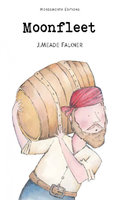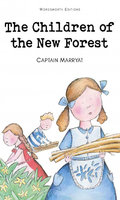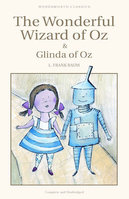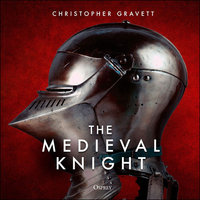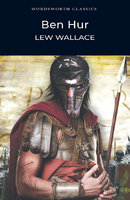Originally warriors mounted on horseback, knights became associated with the concept of chivalry as it was popularised in medieval European literature. They were expected to fight bravely and honourably and be loyal to their lord until death if necessary. Later, chivalry came to encompass activities such as tournaments and hunting, and virtues including justice, charity and faith. The Crusades were instrumental in the development of the code of chivalry, and some crusading orders of knighthoods such as the Knights Templar have become legend. By the 15th century, advances in warfare had rendered knights obsolete, but the 'knight' had survived as an honorary title granted for services to a monarch or country, and remains an icon of popular culture. Chapter headings include 1066 and All That, Kingdom of Heaven, Longshanks, Braveheart, St Crispin's Day, Game of Thrones and Ivanhoe. The historical roots of chivalry lie in a mist-shrouded Teutonic past, sanctioned and effectively annexed by the church. The knighthood provided a core philosophy and set values that, while no means always adhered to, furnished the mystique. This ideology, combined with long years of training and expensive equipment, permitted the mounted knight to maintain his elite and largely unchallenged status as arbiter on the battlefield. Military service was bound into the mesh of feudalism. An intriguing Casemate Short History, 160pp illustrated paperback.
Additional product information

